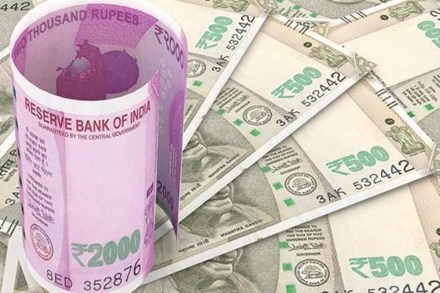With the onset of the festive season, non-food credit grew 6.75% year on year (YoY) during the fortnight ended September 24, the fastest in nearly 18 months. Credit outstanding also recorded positive growth of 0.5% between April 9 and September 24, as against a 0.8% decline during the comparable period last year.
Loans worth Rs 108.94 lakh crore were outstanding at the end of the fortnight under review — the highest ever. Deposits grew at a steady 9.34% YoY to Rs 155.95 lakh crore as on September 24.
Bankers attribute the muted trend seen in credit growth through much of the last few years to a trend of deleveraging by corporates. In a recent interview, State Bank of India (SBI) chairman Dinesh Khara told FE that the corporate sector has deleveraged to the extent of about Rs 2 lakh crore, and that has impacted credit growth. “So even if we are growing at 12-14% in retail, it will not show up in the banking sector credit growth if corporate credit doesn’t grow,” Khara said.
In the meantime, retail credit has been doing much of the heavy lifting for the banking sector. The launch of limited-period festive offers on retail loans, especially record-low interest rates on home loans, has also given a push to credit demand among small borrowers.
In a report on Monday, analysts at Kotak Institutional Equities (KIE) said in a quarterly survey of loan officers, they found a more bullish outlook on demand for loans. “We seem to be coming out of Covid 2 quickly as the intention to underwrite loans has not diminished,” the report said.
It further said in Q2FY22, the demand for fresh loans bounced back to Q4FY21 levels, and it was better than expectations by loan officers a quarter ago. Lenders are extremely bullish in retail from a recovery perspective, and while terms and conditions have not changed meaningfully, they are tilting more towards easing than tightening, KIE said.
The tendency to deleverage has also resulted in metropolitan regions contributing less to incremental credit growth. A separate set of data released by the central bank for FY21 showed that bank branches in urban, semi-urban and rural areas recorded double-digit credit growth whereas metropolitan branches, which accounted for 61.2% of total bank credit, recorded only 1.4% growth.
